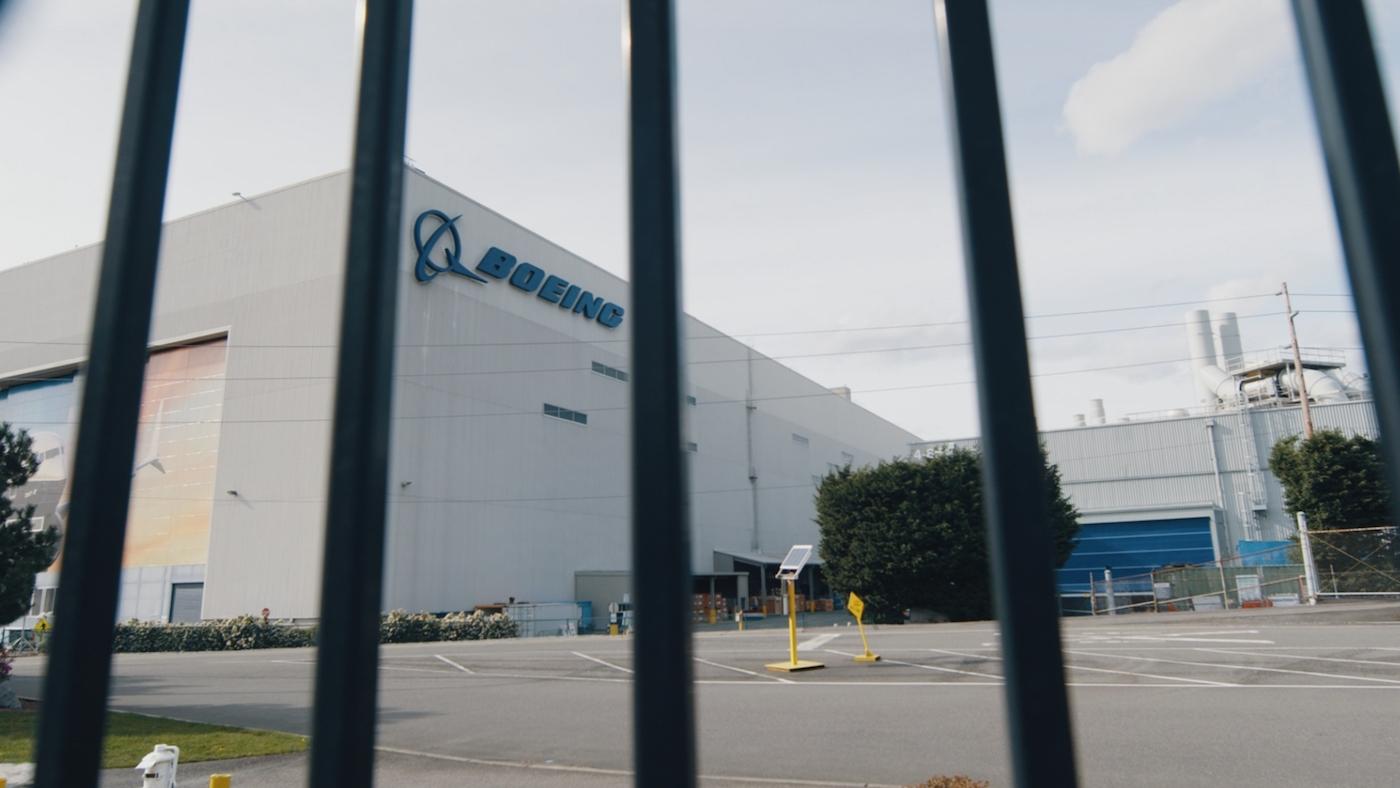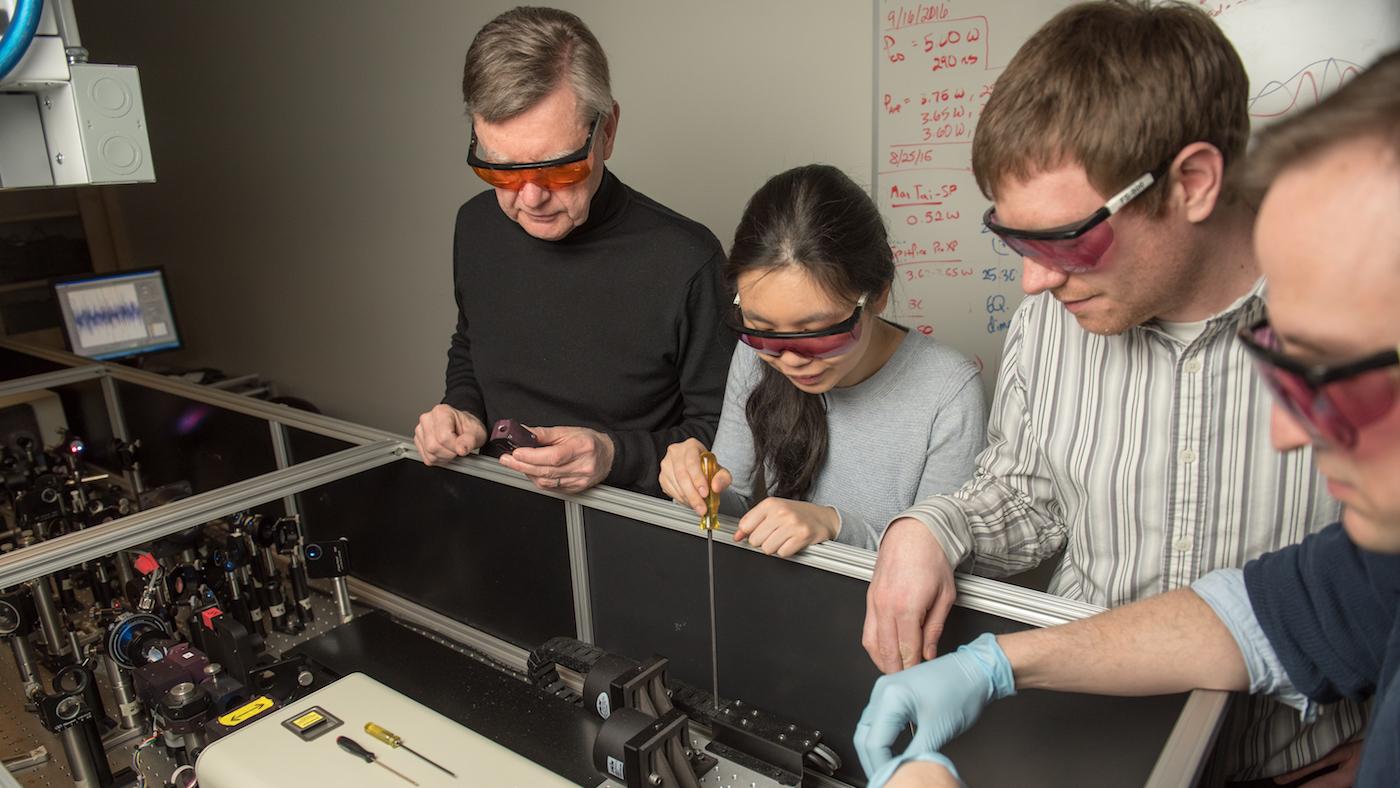One of Humanity's Most Astonishing Achievements
Daniel Hautzinger
August 23, 2017
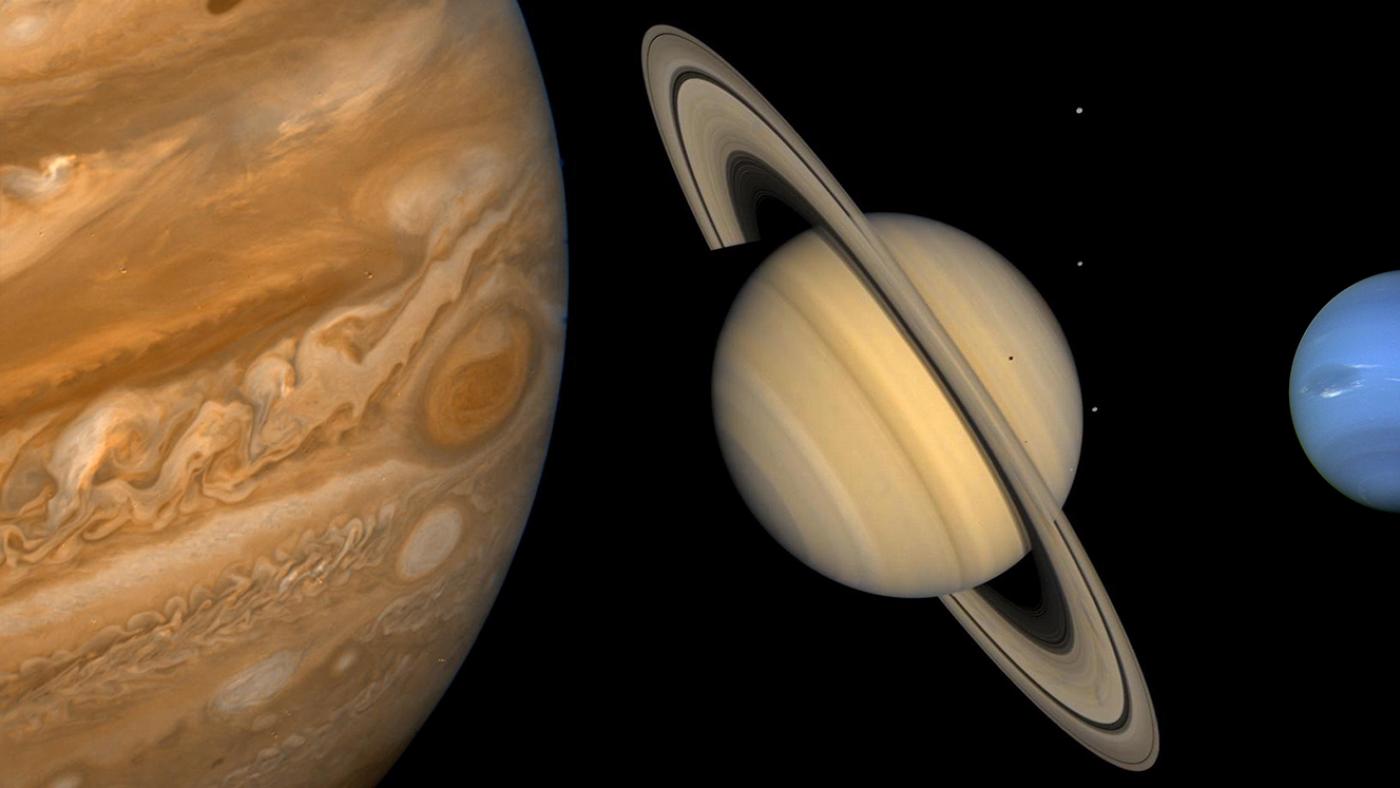
The Farthest: Voyager in Space airs Wednesday, August 23 at 9:00 pm
With less computing power than a smartphone, they have traveled more than twenty-two billion miles between them, sent back groundbreaking images and data of Jupiter, Saturn, Uranus, and Neptune, and brought humans into interstellar space: the Voyager spacecraft, launched forty years ago and still hurtling into the farthest reaches of space, are one of humanity’s most astonishing achievements.
In The Farthest: Voyager in Space, which airs on Wednesday at 9:00 pm, hear the story of Voyager, its contributions to science, and its continuing journey into the unknown. It’s a fascinating tale: as executive producer Sean B. Carroll told Playlist, “People can identify with the urge to explore, the thrill of the unknown, and the thrill of discovery.”
Launched in late August and early September of 1977, Voyager 2 and Voyager 1 are now more than ten and twelve billion miles away from us, respectively. They took advantage of a rare cosmic alignment, occurring once every 176 years, that allowed a craft to visit all four outer planets in one journey, using the gravity of each to propel it to the next. Both spacecraft stopped taking pictures by 1990, after transmitting an image of earth as a “pale blue dot;” the mission leaders wanted to turn off the cameras to conserve energy for instruments collecting data on solar wind and interstellar space.
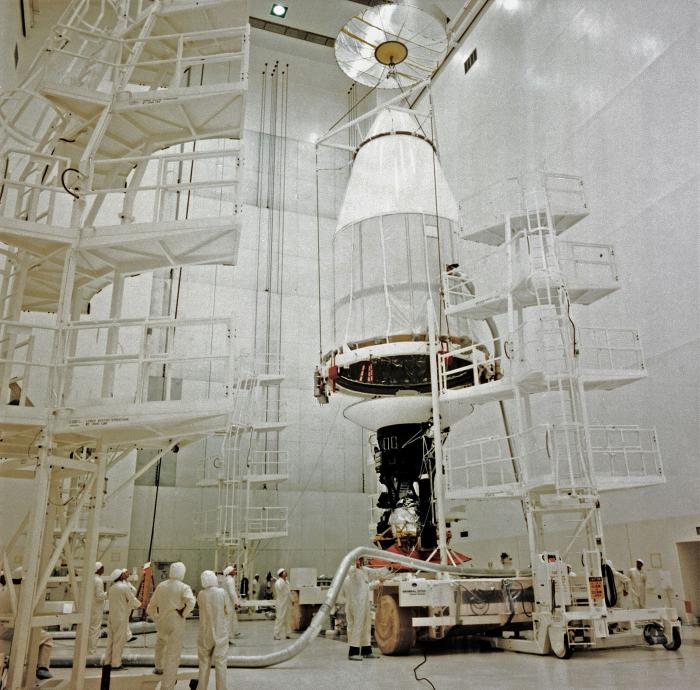 The capsule being placed over the Voyager spacecraft at NASA. Photo: NASAIn 2012, Voyager 1 exited our solar system, which is marked by the end of the reach of charged particles from our sun, making it the first human-made object to enter interstellar space. The two spacecraft are now so distant that it takes over fifteen hours for data transmitted by them to reach us – and their radio signals move at the speed of light. They will continue to send scientific data until between 2020 and 2030, when their generators will die. After that, they will just float in space, vessels about the weight and size of a Smart car drifting among the stars forever.
The capsule being placed over the Voyager spacecraft at NASA. Photo: NASAIn 2012, Voyager 1 exited our solar system, which is marked by the end of the reach of charged particles from our sun, making it the first human-made object to enter interstellar space. The two spacecraft are now so distant that it takes over fifteen hours for data transmitted by them to reach us – and their radio signals move at the speed of light. They will continue to send scientific data until between 2020 and 2030, when their generators will die. After that, they will just float in space, vessels about the weight and size of a Smart car drifting among the stars forever.
If some other life form does eventually find these strange objects, we left them a sample of life on Earth: the famous Golden Record. In a recent article on the New Yorker website, Timothy Ferris, a Rolling Stone editor who helped put together the Golden Record, recalled the process of making it. Carl Sagan, the popular astronomer, was in charge of creating some sort of memorial for the Voyager spacecraft. He settled on a phonograph record, enlisting Ferris and others to compile and record music, languages, and 115 images in analog form from across the world, as well as the sounds of earth. John Lennon was nearly involved, but in the end couldn’t help the project for tax reasons; his producer Jimmy Iovine, however, who later went on to work with Bruce Springsteen, U2, and Dr. Dre, did sign on.
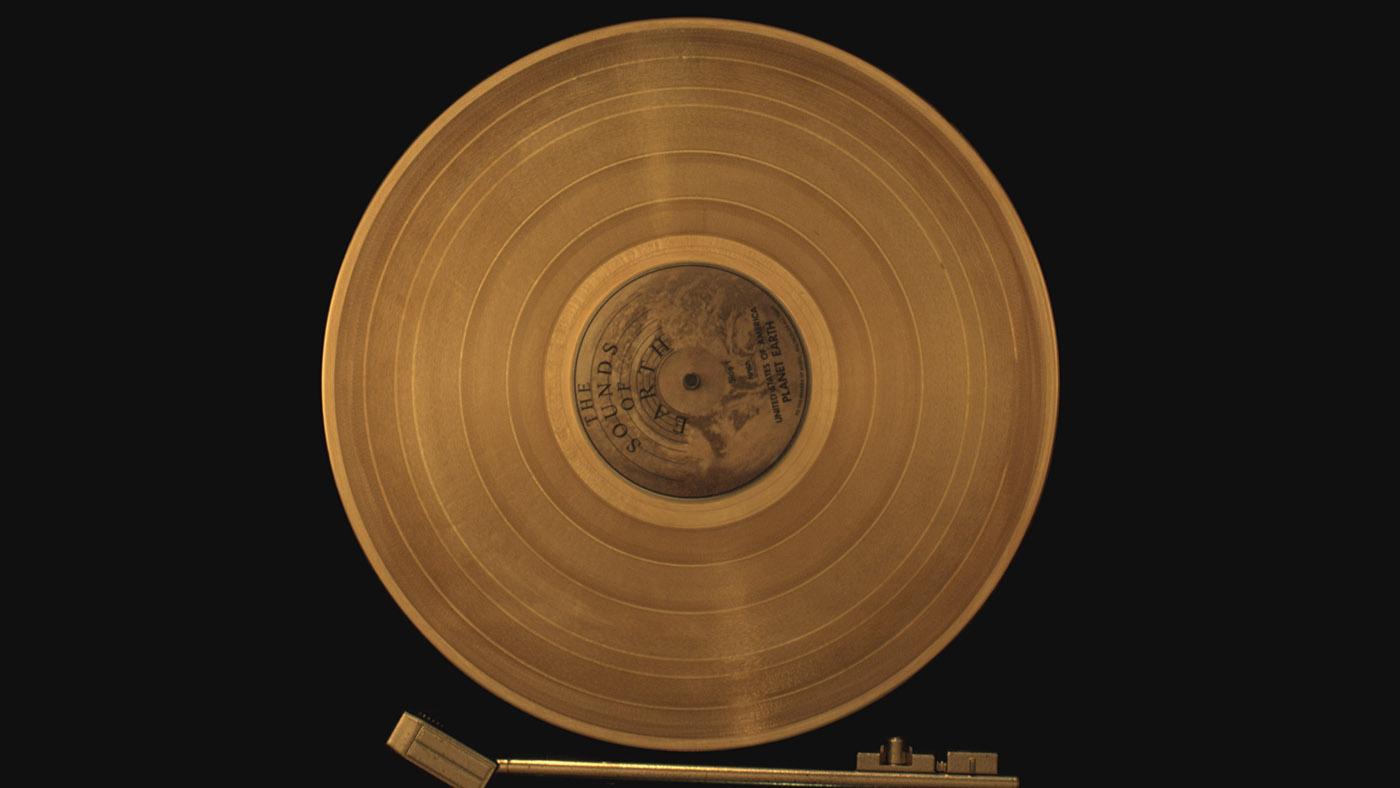 A copy of Voyager's Golden Record on a turntable. Photo: Tangled Bank StudiosPictorial and binary instructions engraved on the cover of the Golden Record explain how to access the information on it. A piece of uranium-238 works as a clock; the rate of its decay measures the passage of time.
A copy of Voyager's Golden Record on a turntable. Photo: Tangled Bank StudiosPictorial and binary instructions engraved on the cover of the Golden Record explain how to access the information on it. A piece of uranium-238 works as a clock; the rate of its decay measures the passage of time.
The Record contains a wide range of music: Bach, an Indian raga, Louis Armstrong, a Navajo chant, percussion from Benin, mariachi, Johnny B. Goode, and more. It also has an aural history of the world, whale song, brainwaves, and greetings by United Nations representatives in their languages. “Etched in copper, plated with gold, and sealed in aluminum cases, the records are expected to remain intelligible for more than a billion years, making them the longest-lasting objects ever crafted by human hands,” Ferris says. Yet another superlative for an out-of-this-solar-system mission.




